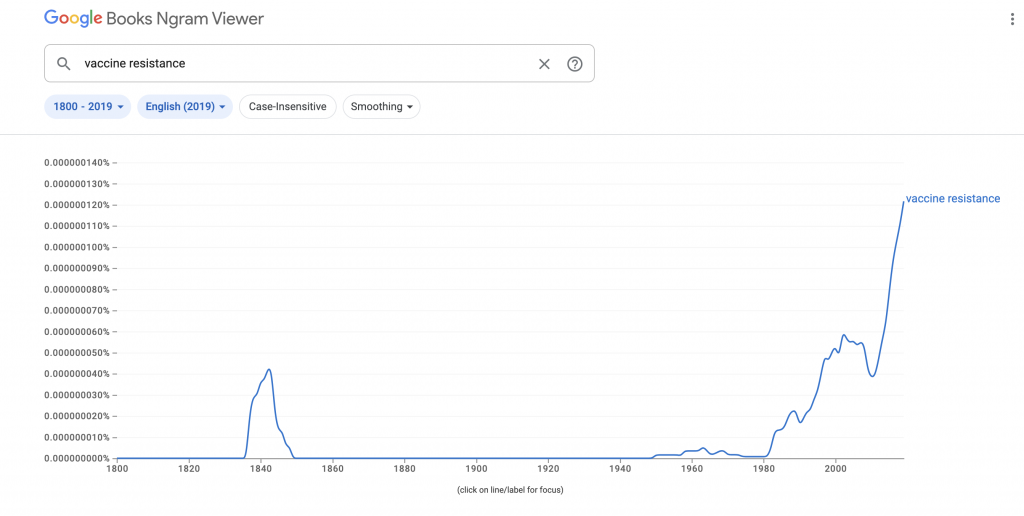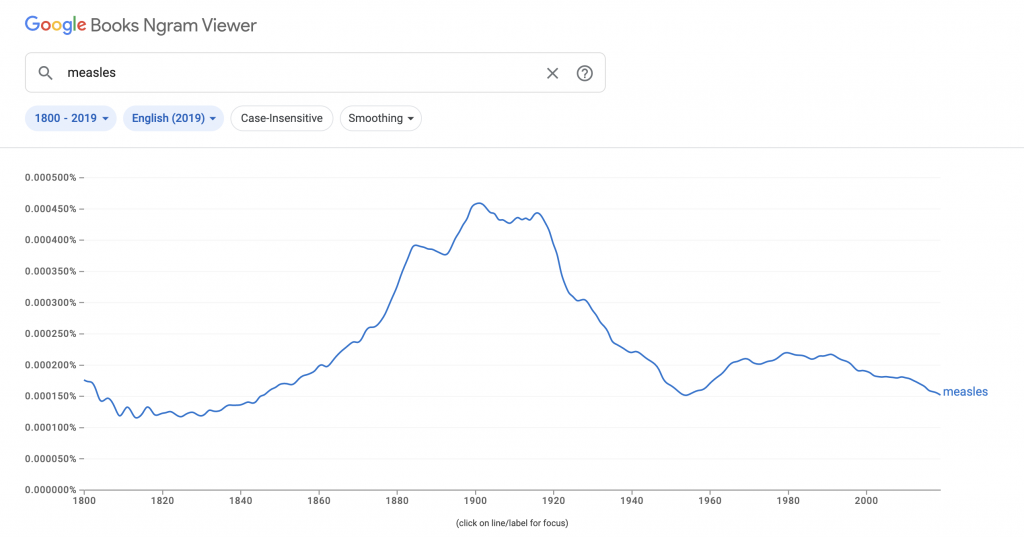| Jan 6, 2023
Vaccine Confidence and the Battle for Meaning
First in a three-part blog series on a concept that author R. Todd Erkel calls “the battle for meaning.” We will look at the evolution of cause marketing and its relationship to code, content, Google’s algorithm, and page one organic search results. Organizations and companies once believed that possessing knowledge was enough to win hearts and minds. Later, they believed that communicating knowledge – through traditional media and conventional cause marketing methods – would suffice. More recently, causes and companies have acknowledged the need for deep and sustained digital content campaigns – blogs, microsites, video – to engage customers and advance a cause. The next frontier requires even more intentionality so that all content efforts converge to produce a renewable source of organic traffic and an ever-expanding, loyal and engaged audience.

The battle for meaning around a pandemic virus and the human response traces back more than two centuries, long before we associated a phrase like “vaccine confidence” to a fast-spreading virus named SARS-CoV-2.
Scientist and surgeon Edward Jenner spent three difficult months in London in 1798, trying to introduce a new concept called “vaccination” to residents living with the very real threat — and fear — of the deadly smallpox virus. Although the virus had already claimed nearly half a billion lives, Jenner found no takers. His success in the medical lab did not guarantee a win in the public battle for meaning.
Jenner’s breakthrough idea of inoculation would gain widespread support within a couple of years. Still, it would be 151 years before the last natural outbreak of smallpox in the United States occurred in 1949, and 31 years more before the World Health Assembly declared smallpox eradicated (1980).
Initial resistance to vaccination spread much like the virus itself, one community at a time and among people with close contact. The College of Physicians of Philadelphia and the Mutter Museum tell the story on their History of Vaccines website, an in-depth exploration of vaccine history. Jenner’s work was vigorously attacked by organizations such as the Anti-Vaccination League and the Anti-Compulsory Vaccination League, and numerous anti-vaccination journals sprang up.
The Battle for Meaning and Measles
In more recent times, misinformation about a possible link between vaccines and autism flooded Google results and social media. In February, 1998, an infamous article by former British doctor Andrew Wakefield was published in The Lancet, falsely linking the MMR (measles, mumps and rubella) vaccine to autism. The paper eventually was retracted by the co-authors and the journal. Wakefield was de-licensed by medical authorities. It took nearly two decades for the UK immunization rates to recover. By the end, UK families had experienced more than 12,000 cases of measles, hundreds of hospitalizations — many with serious complications — and at least three deaths.
This particular battle for meaning remains unsettled. Recent estimates find that 21.7% of all children in the United States aged 0–17 years would be susceptible to measles. At the end of 2022, a measles outbreak in central Ohio led to 32 children being hospitalized. At least 28 of those infected were at least partially unvaccinated, having had no doses or just one dose of the two-shot measles-mumps-rubella vaccine (MMR).
In recent years, science-based organizations have become far more intentional and thorough in their efforts to debunk rumors and myths as they relate to vaccines. The Children’s Hospital of Philadelphia does a magnificent job translating research for a broad audience of concerned parents. Kudos also to Autism Speaks for its candid account of the known and unknown causes of Autism disorders.

The interplay between public health and public information has grown more interdependent. Certain battle-for-meaning scenarios carry life-or-death consequences. Anyone involved in cause marketing, science communication, and health education needs to bring a great deal of keyword savvy to the work.
Percentage of Google Traffic by Results Page
Digital marketers and search engine optimization (SEO) experts have been studying the click-through rate (CTR) of search engine result pages since as early as 2006. Multiple studies show that more than 90% of people never click on the second page of Google search results — regardless of the subject matter being searched.
In the next post in this “battle for meaning” series, Elliance will explore how cause marketing more broadly can learn from the long learning curve of public health.
Contact us if you are interested in winning your brand’s battle for meaning.
